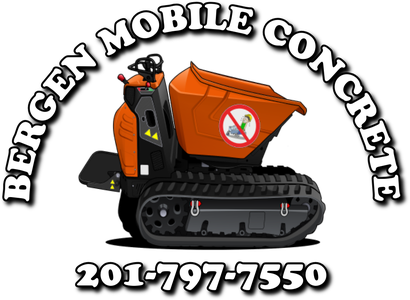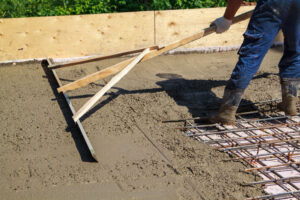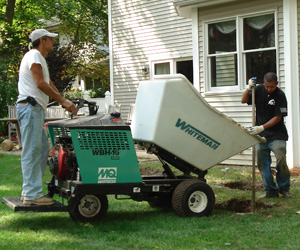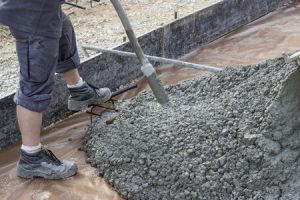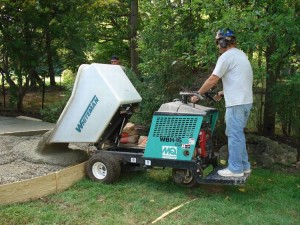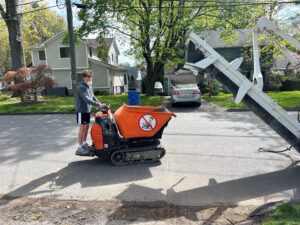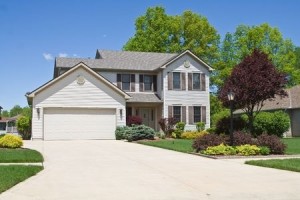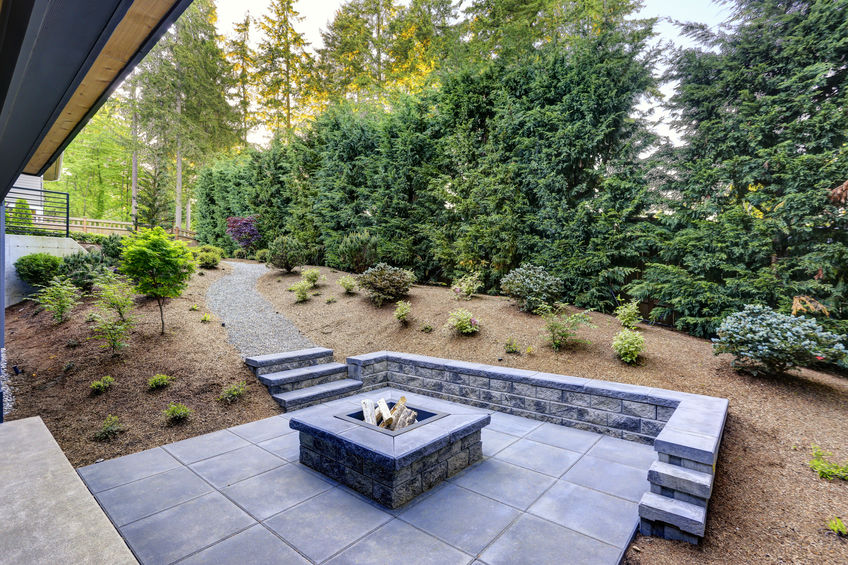If you’re planning a concrete project in Northern New Jersey—whether it’s a new patio, driveway, walkway, or slab—spring and summer are hands-down the best times to get the job done. The warmer months offer a perfect combination of favorable weather, longer days, and optimal conditions for concrete curing and worksite efficiency.
At Bergen Mobile Concrete, we know that timing can make or break the success of a concrete installation. Here’s why starting your concrete project during the spring or summer just makes sense.
Ideal Temperatures for Curing and Strength
Concrete curing is a chemical process that relies heavily on temperature and moisture levels. During spring and summer, Northern NJ typically sees ideal temperatures for concrete to properly hydrate and gain strength. Unlike winter, when freezing temps can damage curing concrete, or fall, when unpredictable weather can interfere with schedules, the warmth of spring and summer provides:
- Consistent temperatures that help concrete cure evenly
- Faster setting times, reducing exposure to unexpected rain or cold
- Reduced risk of cracking or surface damage
This leads to stronger, longer-lasting results—something every contractor or homeowner wants.
Longer Days Mean More Productivity
With extended daylight during the warmer seasons, there’s more flexibility for pouring and finishing concrete. This extra time is valuable not just for contractors but for DIYers, too. Starting early or finishing late becomes a realistic option when the sun stays out well into the evening.
At Bergen Mobile Concrete, our mobile mixer trucks allow us to deliver fresh concrete any time of day—no more worrying about concrete sitting too long in a drum or rushing to beat the clock.
Stay Ahead of the Weather
By completing your concrete project in spring or summer, you avoid the delays and complications that come with fall rain or winter snow and freezing temperatures. That means your surface will have time to cure fully before facing the harsh freeze-thaw cycles of NJ winters.
A properly cured surface will:
- Resist cracking
- Handle de-icing chemicals better
- Last longer with less maintenance
Getting your concrete work done in warmer months is a smart, preventive measure that saves time and money in the long run.
Faster Scheduling, More Availability (If You Act Early)
Spring and summer are busy seasons for construction in New Jersey. Booking early means better access to skilled crews and suppliers like Bergen Mobile Concrete. With our short load delivery services and on-demand mixing, we can accommodate a wide range of project sizes with minimal waste and maximum convenience.
Don’t get stuck waiting in line during the late summer rush. Schedule your project while availability is still open.
On-Demand Concrete Makes Summer Work Easier
Traditional concrete delivery often means estimating the amount you need, ordering more than required, and paying for what you don’t use. With Bergen Mobile Concrete, our metered trucks mix fresh concrete on-site—so you only pay for what you actually use.
Plus, our tracked Concrete Buggy makes it easy to get the concrete exactly where it needs to go, no wheelbarrows or extra labor required.
This approach is especially beneficial during hot weather when timing and flexibility are key.
Make This Construction Season Count
From curing efficiency to better scheduling, spring and summer are prime time to pour concrete in Northern New Jersey. Whether you’re a contractor tackling multiple jobs or a homeowner improving your property, now’s the time to take advantage of the weather—and our convenient, mobile concrete solutions.
Get your concrete project on the calendar today with Bergen Mobile Concrete. Call us at 201-797-7550 to schedule your delivery or to get a quote—we’re ready when you are.
